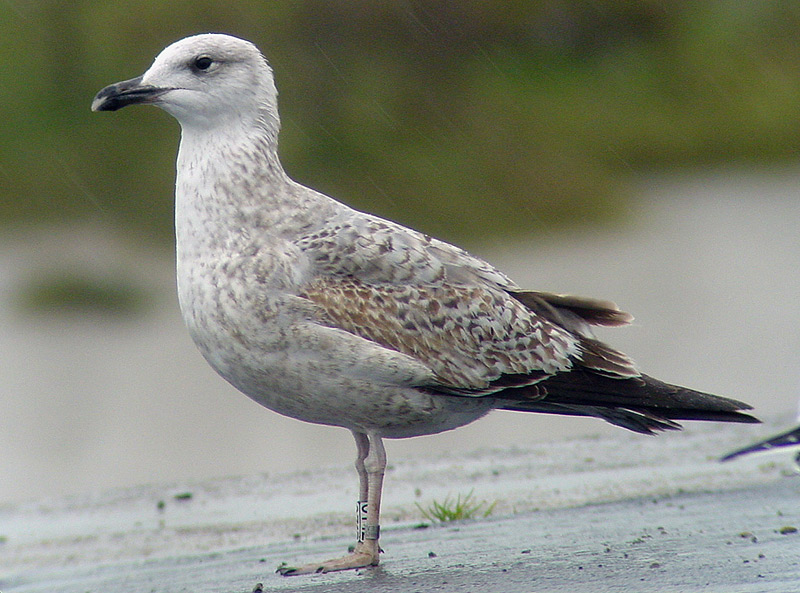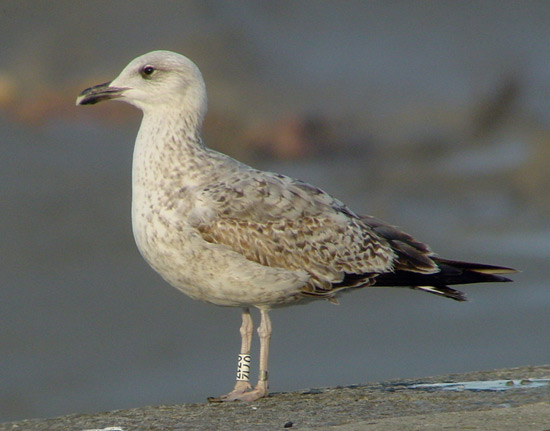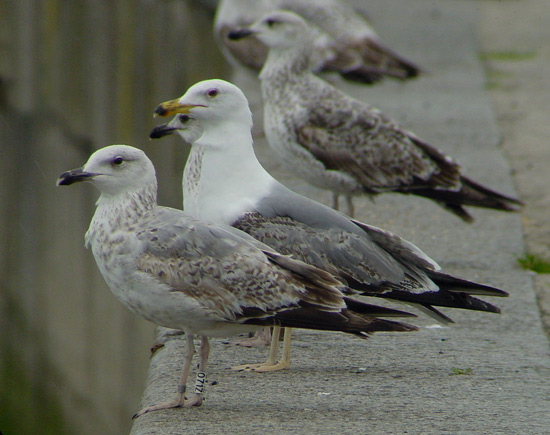 Yellow-legged
Gull- Geelpootmeeuw (L. michahellis): 2cy
Yellow-legged
Gull- Geelpootmeeuw (L. michahellis): 2cy
(last update: 08 december 2003)
YLG
1cy May
YLG
1cy June
YLG
1cy July
YLG 1cy August
YLG 1cy September
YLG 1cy October
YLG 1cy November
YLG 1cy December
YLG
2cy January
YLG 2cy February
YLG 2cy March
YLG 2cy April
YLG 2cy May
YLG 2cy June
YLG 2cy July
YLG 2cy August
YLG 2cy September
YLG 2cy October
YLG 2cy November
YLG 2cy December
YLG
3cy January
YLG 3cy February
YLG 3cy March
YLG 3cy April
YLG 3cy May
YLG 3cy June
YLG 3cy July
YLG 3cy August
YLG 3cy September
YLG 3cy October
YLG 3cy November
YLG 3cy December
YLG
sub-ad Jan.
YLG sub-ad Feb.
YLG sub-ad March
YLG sub-ad April
YLG sub-ad May
YLG sub-ad June
YLG sub-ad July
YLG sub-ad Aug.
YLG sub-ad Sept.
YLG sub-ad Oct.
YLG sub-ad Nov.
YLG sub-ad Dec.
YLG
adult January
YLG adult February
YLG adult March
YLG adult April
YLG adult May
YLG adult June
YLG adult July
YLG adult August
YLG adult September
YLG adult October
YLG adult November
YLG adult December
A typical 2cy michahellis with
the tertials and all rectrices still juvenile. It has
moulted the head, neck, breast, flanks and belly to second generation. It
also included some wing-coverts in this moult: In
the left wing, greater coverts #10, median coverts #1,4,5 and #7, lower lesser coverts #1,
#3-5, #7-9 and six lesser coverts are second
generation as well.
The other wing-coverts are still juvenile.
The lowest row of lower scapulars are fresh second generation feathers with a grey base
and neat fringes on
the last replaced feathers, well visible in the rear feathers. Several upper scapulars have been replaced
recently for grey third generation feather. In 2cy michahellis it's common to find birds
continuing to replace upper scapulars to third generation feathers, while
the rear lowest scapulars have only very recently been replaced for second
generation feathers. White 071Z in February shows first generation remiges, rectrices
and most wing-coverts, it shows second generation head, body, most scapulars and some
inner wing-coverts and at the
same time third generation lower upper scapulars (about four).
Note that the head and neck are by no way pure white, with dark streaking
concentrated around the eye which extends on the nape and a bolder streaked neck-collar. The
dark bill starts to turn paler at the base.
| readings of michahellis 071Z. Bird ringed Lagune des Impériaux, Besson / Bouche-du-Rhone, France (43.29N 04.27E). | ||
| date | location | observer |
| 24.05.2002 | Besson, France (43.29N 04.27E). | ringed by ringer |
| 24-26.10.2002 | Etaples, France (50.31N 01.39E) | Bert-Jan Luijendijk, Mars & Theo Muusse |
| 08.02.2003 | Etaples, France (50.31N 01.39E) | Mars Muusse |
| 16-18.03.2003 | Etaples, France (50.31N 01.39E) | Mars & Theo Muusse |
| 13.04.2003 | Etaples, France (50.31N 01.39E) | Jean-Michel Sauvage |
| 29.04-02.05.2003 | Etaples, France (50.31N 01.39E) | Bert-Jan Luijendijk, Mars & Theo Muusse |
This individual was seen at the same location in NW France on October 24 2002. The moult score by then was almost exactly the same as in February. The only progress since October has been in the median coverts: by October two feathers were replaced, in February four feathers are second generation. This nicely illustrates the idea that partial autumn moult (post-juvenile moult) is largely finished by late October. (see also image 6058-59).
 February
08 2003
February
08 2003
The image below shows 071Z by March.
There is not much progress regarding moult, except in the upper region of
the scapulars and the mantle.
 March 17 2003
March 17 2003
071Z was still present from late April
and in the first week of May 2003. By late-April the primary moult has
started obviously as the innermost flight-feathers have been dropped. In
the second image the primary moult score can be seen (PMS: 8), with P1
fully grown and P2-P4 missing.
As is the case in many 2cy michahellis by early May, this bird
looks shabby, with obvious gaps in the median and greater wing-covert
rows. The feathers which were included in the post-juvenile moult are
normally left out of the complete moult in spring until July. The exact
moult sequence often is hard to obtain, as the old second generation
wing-coverts are hardly recognized between the old juvenile feathers.
Here, greater covert #1 is new, fully grown, #2 is growing and all other
greater coverts are still juvenile, except greater covert #10, which was
included in the partial moult.
Median covert #1 is still old second generation, #2-3 are missing, #4-5
are old second generation and from #6 outwards, the median coverts are
missing, the new tips of the outer feathers already visible. One single
outer media covert is still old. It seems the second generation medians
are left out of the first stage of the complete moult in the wing-coverts,
as can also be seen in Sempach 885629.
Lower lesser coverts #1, #3-5 7 #7-9 were included in the post-juvenile
moult. The exact sequence in May is difficult to interpret, but at least
four lower lessers are still old second generation (jumping sequence) by
early-May, two central lower lessers seem to be juvenile and the other
lower lessers are missing.
About four lesser coverts are old second generation and more than five
lessers are missing.
Irregular moult sequences are not found in the tertials, as in most birds
replacement in the tertials follows the ordinary sequence, from tertial #1
downwards. 071Z has tertial #1 missing and #2-6 still juvenile.
Moult in the scapulars is pretty advanced, with 50-75% grey third
generation: almost all upper scapulars have been replaced (75-99%) and
25-50% of the lower scapulars have been replaced for grey feathers with a
black shaft-streak. Two lower scapulars in the lowest row are missing.
The orbital ring is pale brown, caramel coloured.
 May 01 2003
May 01 2003
 May 02 2003
May 02 2003